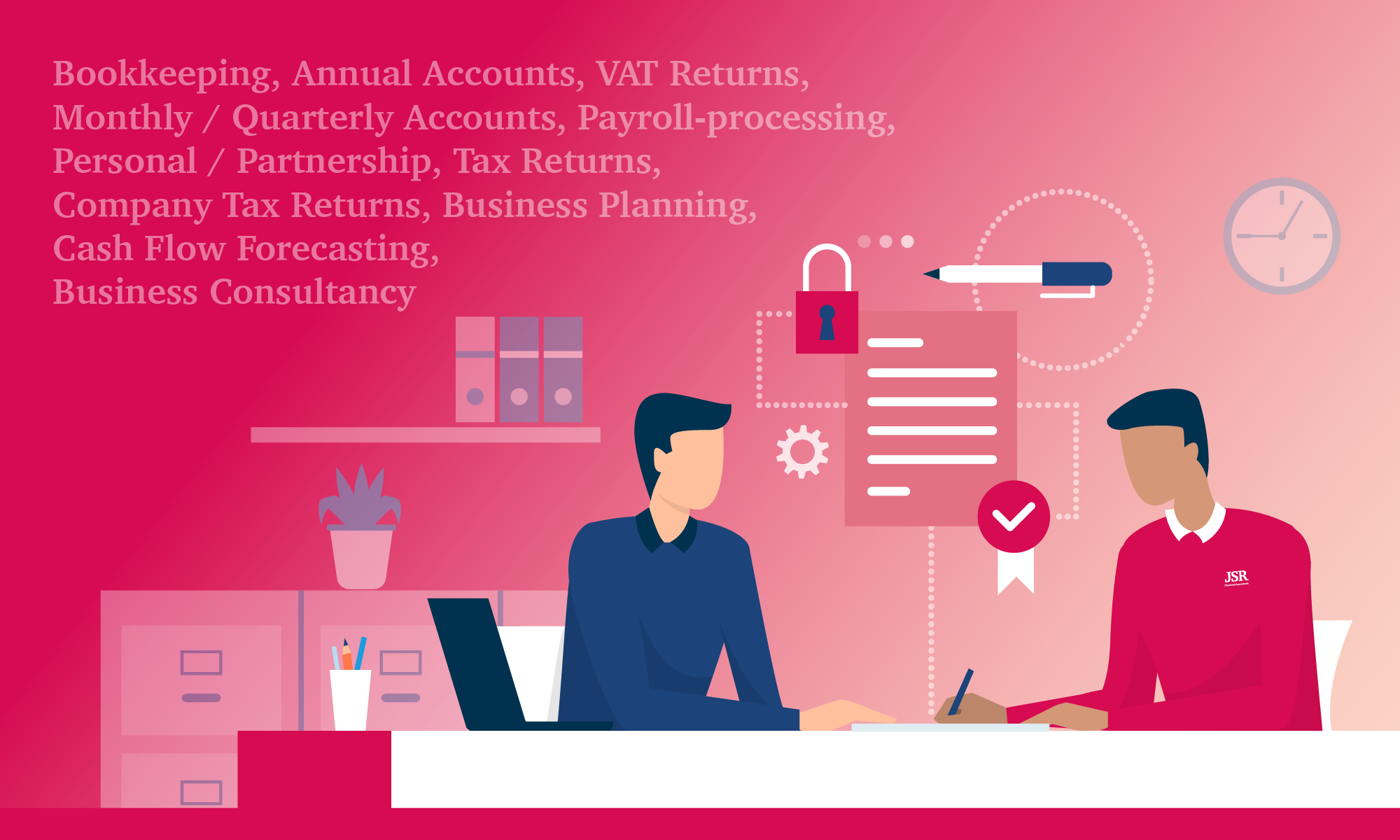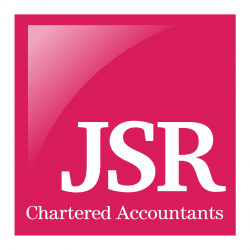During the summer we had a couple of students, who got in contact with us looking the opportunity to gain some work experience. We were very keen to give them the opportunity to gain an insight in to the world of accountancy, however, whilst our offices are currently being completed we decided to take on just one and settled on Kirsten, who we found to be incredibly enthusiastic. I then had this idea to write an article on gaining the most out of your work experience. I tried (desperately) to recall my days spent in work experience and realised all to quickly how much time had passed by!! I then decided to ask Kirsten if she would like to contribute to this instead. I want to share with you all her thoughts, because, to be totally honest she has summed it up better than I could……..
Getting the Most Out of Your Work Experience
By Kirsten Doran
“Like the average seventeen year-old, work experience was a concept I avoided, worried that I would be set menial tasks such as photocopying and making coffee. However, my time spent at JSR Chartered Accountants proved this was not always the case. If you’re really lucky (like me!) you might even enjoy it and be sad to leave! In order to get the most out of your work experience I’m going to give you a few tips.
Tip 1: Build a relationship with your mentors
A chat over cup of coffee and biscuits helps to break the awkwardness when you’re in an unfamiliar environment. Don’t be afraid to ask questions! Being able to talk comfortably with Jonathan and Stacie enabled me to find out the pros and cons of the job I was interested in, from those who know best. I honestly felt as if I was wanted in their office as they made me feel so welcome. It also helped me to work at ease and enjoy every second of it!
Tip 2: Be prepared to learn
Your short time at work experience flies by, especially if you’re having fun, so cherish every minute you get. It’s a good idea to bring a notebook with you to jot down the things you’ve learnt for future reference, such as during a university interview. I genuinely feel as if I learnt a huge amount at JSR Chartered Accountants and went from knowing little or nothing about the profession to gaining a great insight. At the end of it I felt like a real accountant!
Tip 3: Reflection
At the end of the day, it’s important to ask yourself “Is this the job you want to commit to?” And even if the answer is no, at least you know! In my case, I was previously uncertain if this was the job for me because its extremely hard to tell on paper. However, once I was thrown into the working environment I was pleasantly surprised and since then, I’ve firmly decided that accountancy is the career path I wish to take.
My time at JSR Chartered Accountants was so valuable and I’d like to thank Jonathan and Stacie Ross for inviting me into their business and giving me much needed experience.”


